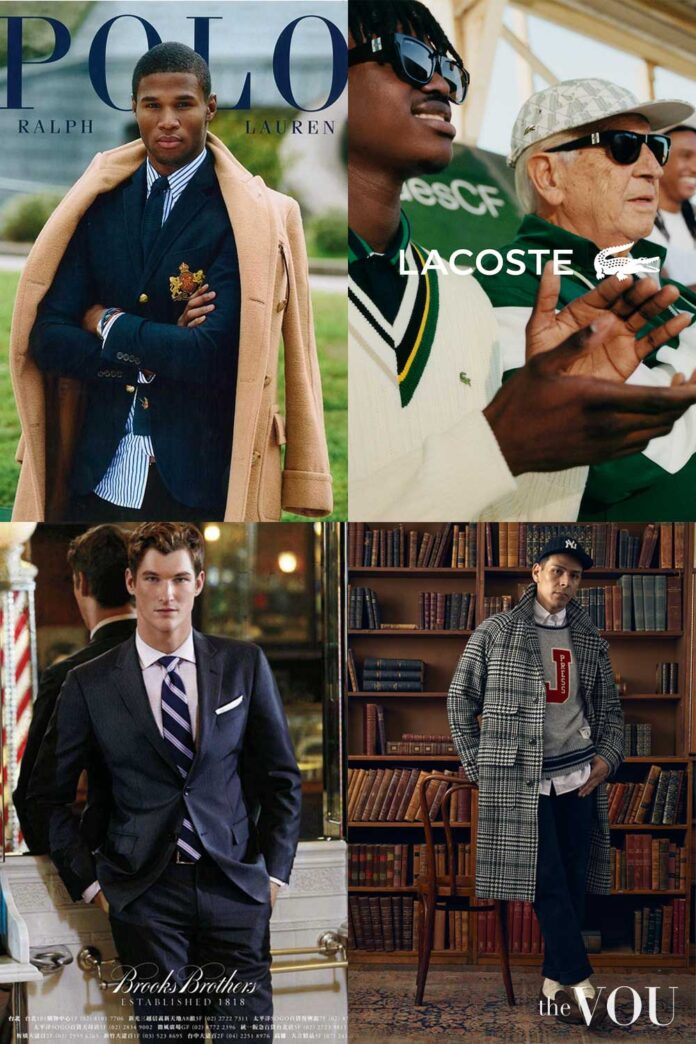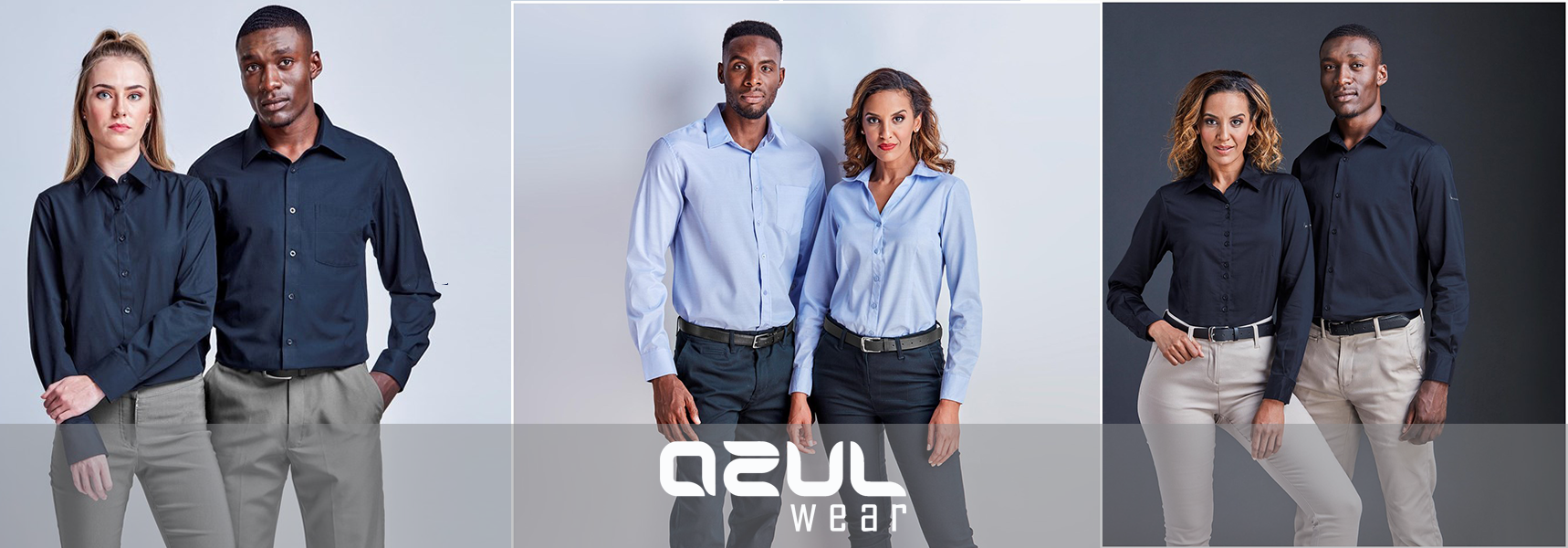Branded Clothing for Cold Climates: Which Fabrics Actually Work?
Branded Clothing for Cold Climates: Which Fabrics Actually Work?
Blog Article
The Value of Lasting Clothing: Exactly How It Affects the Setting and Your Closet
Lasting clothes is progressively recognized for its important function in decreasing the environmental impact of the fast garment industry. By concentrating on environment-friendly materials and moral manufacturing techniques, it resolves pushing environmental worries. This change not only profits the planet yet likewise influences consumer selections, causing a much more thoughtful method to closet administration. Understanding these characteristics increases vital questions concerning fashion's future and individual obligation fit it.
The Ecological Footprint of Rapid Fashion

Advantages of Lasting Products
Lasting materials provide substantial benefits, especially through environmentally friendly fabric selections that minimize environmental harm. These materials also demonstrate durability and long life, minimizing the requirement for frequent substitutes. Consequently, they contribute to a much more lasting garment industry and advertise responsible customer actions.
Eco-Friendly Material Choices
While the apparel industry has long been connected with quick patterns and environmental harm, the surge of eco-friendly material choices offers a transformative chance. Sustainable materials such as organic cotton, hemp, and Tencel have actually acquired appeal as a result of their lower ecological influence. These materials are commonly produced without unsafe chemicals and require much less water, minimizing their carbon impact - Branded Clothing. Additionally, several environment-friendly fabrics are eco-friendly, adding to a circular economic situation by minimizing waste. Selecting lasting products not just sustains eco accountable techniques but additionally promotes much healthier communities. As customers come to be much more knowledgeable about their purchasing power, the need for environmentally friendly materials urges brands to innovate and embrace even more lasting manufacturing approaches, ultimately benefiting the planet and future generations
Durability and Longevity Benefits
Many consumers are progressively recognizing the resilience and longevity benefits of lasting materials in their apparel options. Unlike standard materials, lasting materials such as natural cotton, hemp, and recycled polyester are engineered to endure deterioration, leading to garments that last much longer. This decreased frequency of substitute not just saves consumers cash in time however additionally diminishes waste produced by fast fashion. In addition, lasting clothes often uses environment-friendly manufacturing techniques that improve material stamina, adding to a reduction in the total carbon footprint. By purchasing resilient clothing, consumers can grow an extra sustainable wardrobe while appreciating premium pieces that maintain their visual and performance with time. Subsequently, toughness and long life stand as essential benefits of picking lasting products.
Reducing Waste Through Lasting Practices
Decreasing waste in the fashion sector can be accomplished through cutting-edge methods such as upcycling and repurposing materials. Furthermore, embracing minimal closet techniques encourages customers to prioritize top quality over quantity, ultimately reducing clothing intake. Together, these strategies contribute considerably to a much more sustainable apparel design.
Upcycling and Repurposing Materials
Upcycling and repurposing materials have actually arised as cutting-edge methods in the garment industry, changing discarded fabrics right into important new products. This technique not only lessens waste however likewise encourages imagination and individuality in clothing layout. By taking old garments and materials, designers can produce one-of-a-kind pieces that mirror personal design while decreasing the need for brand-new resources. Furthermore, upcycling often calls for much less power and water compared to typical manufacturing procedures, significantly reducing the ecological impact of style. As customers become extra knowledgeable about sustainability, the appeal of upcycled garments continues to increase, advertising a round economic climate. Inevitably, these techniques add to a more sustainable future, where fashion prioritizes ecological health over rapid manufacturing and intake.

Minimalist Wardrobe Techniques
As individuals progressively seek to lessen their ecological effect, adopting minimalist closet approaches has actually gotten traction as an efficient technique to sustainable style. These strategies emphasize top quality over amount, encouraging consumers to curate a right here smaller collection of versatile, durable apparel. By concentrating on classic items that can be combined and matched, individuals can decrease the frequency of acquisitions and inevitably reduce waste.Additionally, minimalism promotes mindful consumption, advising shoppers to assess the moral and ecological ramifications of their options. This method not only cultivates a much more sustainable way of living however also streamlines daily decision-making concerning clothing. As individuals welcome minimal concepts, they add to a fashion society that values sustainability and accountable consumerism, ultimately leading to an extra eco-conscious society.
The Duty of Ethical Labor in Lasting Fashion
While many consumers are significantly familiar with the environmental effects of their garments choices, the relevance of honest labor methods in lasting style can not be ignored. Honest labor incorporates fair wages, risk-free working problems, and regard for employees' legal rights, developing the backbone of accountable style manufacturing. Brand names that prioritize honest labor not just boost communities but additionally established a requirement for liability in the industry.Moreover, the integration of honest techniques fosters transparency, enabling customers to make educated choices concerning their acquisitions. This method contrasts dramatically with rapid fashion's unscrupulous labor versions, which commonly focus on earnings over people. By supporting companies dedicated to moral labor, customers add to a system that values human self-respect alongside environmental sustainability. Honest labor is not simply an add-on; it is vital to the wider objective of sustainable fashion, ensuring that the quest for eco-friendliness does not come at the expense of human legal rights.
The Influence of Sustainable Clothes on Carbon Emissions
Lasting apparel has the prospective to significantly reduce carbon exhausts connected with the garment industry. Standard garment production adds significantly to greenhouse gas discharges, primarily as a result of energy-intensive production processes and using non-renewable sources. On the other hand, sustainable style focuses on environmentally friendly materials, such as natural cotton or recycled fibers, which commonly need less power to produce.Moreover, sustainable brand names have a tendency to adopt extra effective production methods, reducing waste and decreasing general exhausts. By prioritizing durability and ageless design, lasting clothing motivates consumers to acquire less regularly, further reducing the carbon impact linked with overconsumption.Additionally, numerous lasting brand names are devoted to transparency in their supply chains, allowing customers to make informed choices that align with their worths. Ultimately, moving in the direction of sustainable clothes can result in a considerable decrease in carbon exhausts, adding to a much healthier planet and a much more sustainable future for the style industry.
Supporting Neighborhood Economic Situations With Sustainable Selections
The change towards lasting apparel not just addresses ecological problems but additionally substantially benefits local economic climates. By choosing sustainable fashion, consumers typically support regional craftsmens and tiny organizations, improving neighborhood durability. These ventures typically operate a smaller scale, prioritizing workmanship and moral techniques over mass production.Investing in locally made lasting apparel cultivates task production and boosts financial growth within neighborhoods. As consumers end up being a lot more conscious of the environmental effect of their purchases, they increasingly look for items that mirror their worths. This demand motivates neighborhood makers to embrace sustainable techniques, adding to a circular economy.Moreover, supporting local companies decreases transport exhausts, straightening with eco-conscious consumer actions. The interconnectedness of lasting garments and regional economic climates highlights the vital function that individual selections play in advertising both financial and ecological health and wellness. By cultivating these local links, neighborhoods can grow while additionally working towards an extra sustainable future.
Transforming Your Storage Room: Tips for a Sustainable Closet
As people seek to minimize their ecological effect, transforming a storage room into a lasting wardrobe becomes an important action. One efficient strategy is to assess existing clothing, maintaining only things that are worn frequently which line up with sustainability objectives. Prioritizing top quality over amount is crucial; investing in durable pieces from eco-friendly brands can significantly reduce waste.Additionally, incorporating used items can rejuvenate a wardrobe while minimizing environmental damages. Organizing clothes swaps with pals or donating unused products can further advertise sustainability.When shopping, individuals must look for products that are natural, recycled, or biodegradable, and prevent quick style sellers - Branded Clothing. Exercising mindful consumption by attentively thinking about each purchase can contribute to a much more lasting lifestyle. By applying these tips, one can create a closet that reflects personal style while sustaining ecological stewardship
Regularly Asked Inquiries
Exactly How Can I Recognize Lasting Garments Brands?
To determine lasting clothes brands, one should research materials used, examine for certifications like Full Report Fair Trade, and check out the brand's transparency concerning their production procedures, labor practices, and ecological influence, ensuring environment-friendly and honest practices are focused on.
What Are the Expenses Related To Sustainable Style?
The expenses connected with sustainable style can vary considerably. Greater manufacturing costs, ethical website link sourcing, and green products often bring about boosted retail costs, which may prevent some consumers while interesting ecologically conscious customers.
Can Lasting Apparel Be Fashionable and Stylish?
Lasting garments can certainly be fashionable and trendy. Designers significantly focus on ingenious products and honest production approaches, showing that fashion and sustainability can exist side-by-side. Consumers now have varied options that mix aesthetic appeals with environmental awareness.
How Does Laundering Clothes Affect Their Sustainability?
Cleaning clothing substantially effects sustainability by consuming water and power, adding to contamination, and causing microplastic launch. Regular cleaning can weaken fabrics, reducing their lifespan and enhancing the demand for substitutes, ultimately intensifying environmental issues.
What Is the Life Expectancy of Sustainable Clothes Compared to Quick Style?
The life expectancy of sustainable garments typically surpasses that of rapid fashion things, commonly long-term several years as a result of high quality products and workmanship. In comparison, rapid style garments might degrade rapidly, necessitating more constant substitutes. Lasting clothing is increasingly recognized for its vital function in lessening the ecological impact of the quick fashion market. While several customers are significantly mindful of the environmental repercussions of their garments choices, the relevance of honest labor methods in sustainable fashion can not be overlooked. Branded Clothing. Lasting apparel has the possible to greatly lower carbon exhausts connected with the fashion industry. In comparison, sustainable fashion concentrates on eco-friendly products, such as organic cotton or recycled fibers, which often need much less power to produce.Moreover, lasting brand names have a tendency to take on a lot more effective manufacturing techniques, lessening waste and lowering total discharges. By prioritizing durability and classic style, sustainable clothes encourages customers to purchase much less often, further lowering the carbon footprint linked with overconsumption.Additionally, lots of sustainable brand names are devoted to transparency in their supply chains, making it possible for consumers to make enlightened options that align with their values
Report this page